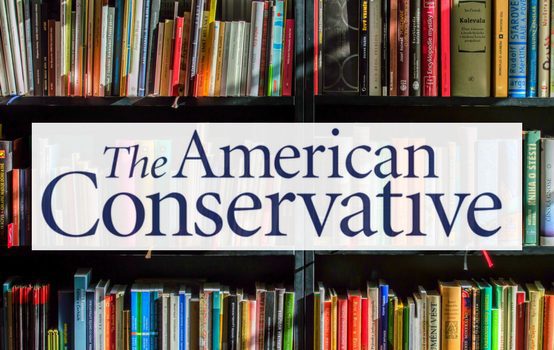Arts & Letters
TAC Bookshelf: Rethinking Tammany Hall and ‘Boss’ Tweed
The tale of the political machine that took down the anti-Catholic, anti-immigrant majority.

Barbara Boland, TAC National Security & Foreign Policy Reporter: For nearly two centuries, New York City’s infamous Tammany Hall and its Democrat machine politics have been invoked in the popular imagination as shorthand for corruption, graft, and all manner of abuses of power by a raft of ignominious characters like “Boss” William Tweed. But Terry Golway’s book Machine Made: Tammany Hall and the Creation of Modern American Politics forces the reader to rethink that narrative. He convincingly illustrates how this pivotal period of American history continues to dominate and in some ways contaminate our modern political discourse.
“Machine Made” starts, strangely enough, in Ireland during the British occupation. With the horrific history of the Irish potato famine and Britain’s marginalization of Irish Catholics forefront in their minds, Irish immigrants in New York realized the need for political organization to combat the nativism and prejudice held by the majority of the Anglo-Saxon Protestant ruling class of the time. They did not want to repeat their Irish experience of political ostracization and helplessness.
In an age with no social safety net, Tammany Hall assured that orphans and widows would not be left to starve. They worked hard for worker protections, child labor laws, and public pensions for widowed families. In exchange, local political bosses would make sure that all newcomers became citizens and were registered to vote. Tammany supported Catholic priorities, such as ensuring that Protestantism was not taught in public schools, baseball could be played on Sunday, and vigorously opposed prohibition.
The Protestant ruling classes responded to Tammany in numerous ways, including by attempting to disenfranchise the poor from the vote, making the King James Bible part of public school curriculum, and limiting immigration.
According to Golway, the popular perception of Tammany Hall and figures like “Boss” Tweed as venal and self-dealing is true—as far as it goes. But Tammany Hall was also a vital populist organ that delivered the goods that poor people needed to them when no one else cared to. Irish immigrants, and the Jews and Italians that followed them, had little use for Calvinist platitudes about the values of the market or technocrats’ policy prescriptions. The last chapters of the book show how Tammany’s social programs became mainstreamed and mainstays of basic welfare we expect in a modern state; and how Franklin Delano Roosevelt’s New Deal and progressivism cooperated with, and undermined, Tammany’s power.
Golway is a gifted storyteller that tells this story with a point of view. If you like cold, dispassionate texts, skip this one. The story he tells of Irish Catholic marginalization and anti-Catholic, anti-immigrant attitudes in the U.S. during the nineteenth and twentieth centuries is one that even well-informed history buffs will find new and compelling.
“Machine Made” is an excellent book for any history lover, or anyone interested in American politics. Golway’s compelling exposition, combined with a liberal dose of contemporary quotes from the many colorful characters in this story, makes New York City in the Industrial Age come alive—an absolute delight to read.